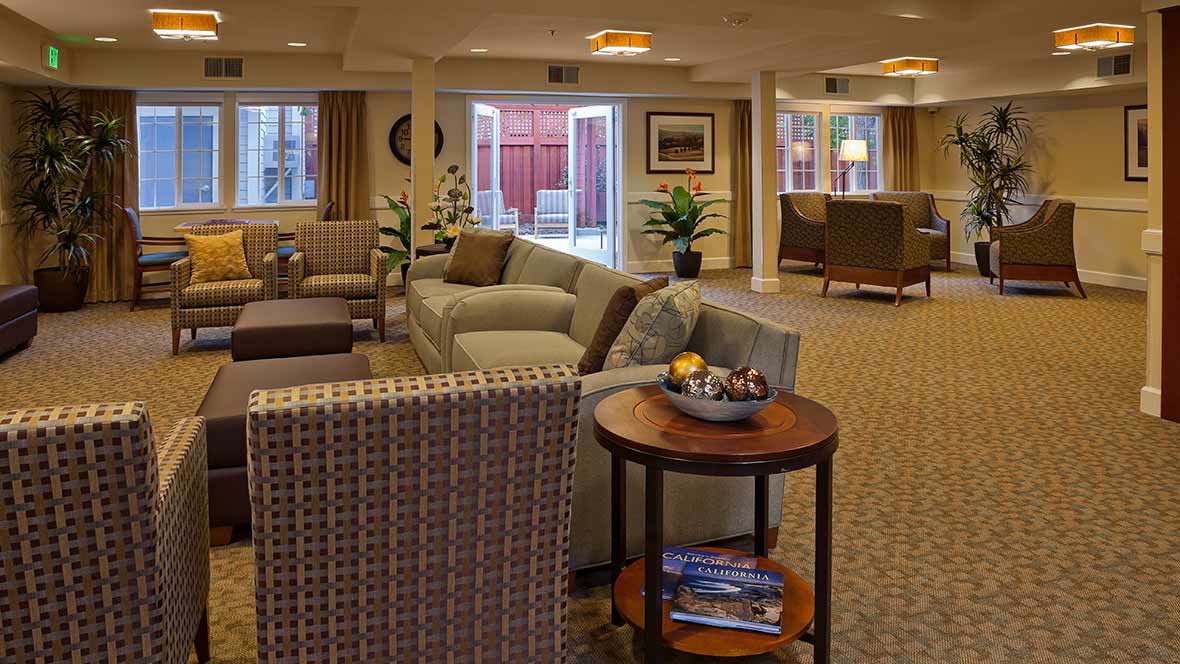How to Choose an Assisted Retirement Living Community in Canada
Assisted retirement living communities are residential units meant for senior citizens who have cognitive health issues and certain physical limitations. With these communities, the residents get assistance in personal care, medication management and administration, mobility including food, laundry, and many other daily activities.
When it comes to choosing an assisted retirement living community for yourself or your loved one, there are several factors to consider.
Costs of Living
One of the vital factors to consider is the assisted living costs which vary across Canada. The cost partially depends on the level of care needed for assistance and local factors. It also depends on location, rental rates and real estate prices. For example, a community in downtown Toronto will cost higher than one in a southeastern Ontario town despite having similar facilities.
However, you shouldn’t opt for affordable communities at the expense of low-quality care facilities. After you make a list of assisted retirement living communities that fit your requirements and needs, make an appointment to visit them.
The Levels of Care
Make sure to inquire about the levels of care a retirement home offers. It’s very important to know if the living facility can accommodate your specific needs. For example, if you or your loved one suffers from dementia, does the home have a secured unit so that you can be transferred back to your suite if there’s a risk of wandering off? Or say, if you have Parkinson’s disease, does the facility offer care to accommodate your future mobility challenges? Also, ask if there is wheelchair assistance. The answer to these questions will help you narrow down your choices.
Amenities and Safety Features
Check thoroughly the list of amenities that the home offers. See if there’s on-site religious & spiritual services, transportation, computers, fitness and activity programs, physiotherapy classes, housekeeping, suite maintenance, etc. View the suites, common spaces, and hallways. Also check out if there’s parking facility within the community and if it’s located near grocery stores, movie halls, library, shopping malls and salons.
Make sure to investigate the outdoor area as well when you go to visit the community. Safety and security features are very important for the well-being of seniors. Find out the staffing patterns so that you know who’s available to assist at all times. Check if the bathrooms are accessible and there’s grab bars at convenient places to avoid serious falls under the shower. Find out if emergency response systems, fire safety, sprinklers are present in the unit.
The Staff-Resident Relationship
Consider the interaction and attitude of the community staff with the senior residents. It’s crucial that the staffs are friendly, courteous, cheerful and interested in assisting. Talk with the residents to understand the environment of the facility. Ask them if they have faced any issues with the staff, on-site security, the quality of meals, etc. Also, inquire about the number of staff members available.
The Written Service Policy
Ask for a copy of the resident agreement to check community-specific regulations and obligations. The agreement should at least mention the following:
- Fee structure in detail
- The services provided
- The rights of the residents
- The ratio of staff to residents
- When a resident’s eligibility will be reassessed
- The conditions when a resident may be asked to leave
- Refund policy on leaving
The agreement may also mention the medication management and if the staff members are qualified to handle patients and many other terms. After you get the agreement in hand, consult a lawyer for a better understanding and how you benefit from it. However, if the home administrators aren’t ready to provide you with a written service policy at the time of visit, consider it a negative point against them and move on to the next home on your list.
Before moving in to an assisted retirement home, visit it multiple times during different times. For example, visit it during the daytime, night time and during some community activities. This will give you a better idea about the retirement living community and help you make the right decision. If you’re looking for a retirement home near Niagara Falls, contact River Road Retirement Residence via email: info@riverroadretirement.com or call us at 905-374-2015.


